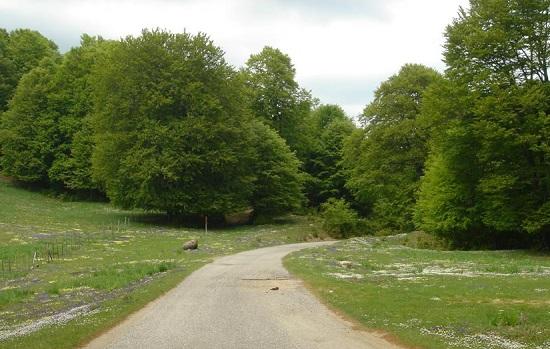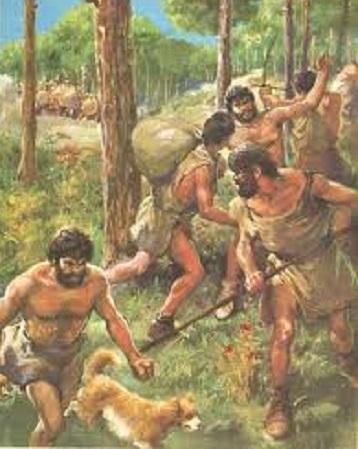|
Starting point : Cosenza - Monte Botte Donato - Silvana Mansio - Camigliatello Silano - Lago Arvo - Longobucco - Rose - Cosenza . Approx. 85Km.
 The Province of Cosenza includes a community of speakers of the Occitan language (also known as Langue d'oc) in Guardia
Piemontese, established by members of the Waldensian or Vaudois movement, who emigrated there to escape religious persecution in the 13th and 14th centuries (see this link). The Province of Cosenza includes a community of speakers of the Occitan language (also known as Langue d'oc) in Guardia
Piemontese, established by members of the Waldensian or Vaudois movement, who emigrated there to escape religious persecution in the 13th and 14th centuries (see this link).
There is also a considerable Arbëreshë community, who settled in Italy during the 15th and 16th centuries.
Numerous resorts are dotted among the large pine and beech woods; the rolling nature of the plateau has made it easy to dam the rivers to form long, picturesque, artificial basins.

This itinerary unwinds in the heart of the Sila plateau (mainly in the Sila Grande but with incursions into the Sila Greca), its interest lying in the extreme variety of the habitats.
Leave Cosenza to the east, along the highway climbing immediately up the western slope of the Sila; after Spezzano della Sila (panorama over the Crati Valley) you will pass through numerous tunnels and gradually penetrate the forest.

The Crati Valley

Just before Camigliatello Silano, near the Monte Scuro Passo,
...turn onto a scenic road (strada delle Vette) twisting and turning...
...up to Monte Botte Donato, amid lovely beech woods...
...to descend again with beautiful views to Lake Arvo (a road runs all around the lake) reaching Village Rovale (Villaggio Rovale).
Proceed northwards on another scenic stretch of road leading to Silvana Mansio...
...before descending to the SS107 driving westward in lovely scenery and thick woods to Camigliatello Silano.
From here the SS177 will take you quickly to the large Lake Cecita (or Mucone),...
... the easternmost tip of which plunges into Bosco Gallopane (Gallopane Woods).
The road becomes winding and descends with many bends and scenic views to Longobucco, in the Sila Greca.
Back at Lake Cecita follow the northern bank (SS279) passing the Varco San Marco (San Marco pass) toward Rose to reach the Rose-Montalto Uffugo svincolo (entrance) to the A3 motorway and a fast return to Cosenza.
 Not to miss !
Not to miss !A visit to some of Longobucco's craft stores where waving has been an art for hundred of years.
 Detour worth considering
Detour worth considering

The two titanic monoliths are located in the "Incavallicata", area, near the town of Campana (Link below).
|
La Sila, is the name of the mountainous plateau. The first known settlers were the Bruttii, an ancient tribe of shepherds and farmers (The Bruttii (Greek: Βρέττιοι, Italian: Bruzi), who inhabited the southern extremity of Italy, from the frontiers of Lucania (Basilicata) to the Sicilian Straits and the promontory of Leucopetra, roughly corresponding to modern Calabria).
After the destruction of the Greek city of Sybaris in 510 BC, Rome began to extend its sphere of influence over Calabria, later it was nominally occupied in turn by the Ostrogoths, the Byzantines and, from the 11th century, the Italo-Normans.
The latter favored the creation of several monasteries, like the Matina of San Marco Argentano, the Sambucina at Luzzi and the Florense Abbey at San Giovanni in Fiore, founded by Joachim of Fiore.

Sightseeing and stopping points.
Cosenza cathedral,
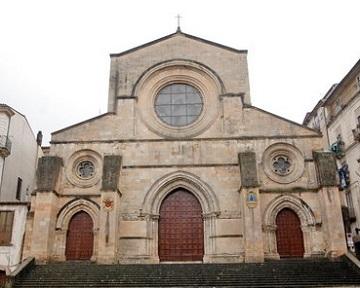 Interior
Interior
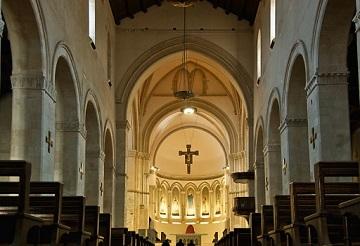 San Francesco di Paola
San Francesco di Paola

San Domenico

Chapel -Interior

Cosenza's castle

Town museum

Nearby: monument Fratelli Bandiera.

Laino Castle
 Spezzano della Sila:
Spezzano della Sila:
parish church of san Biagio.
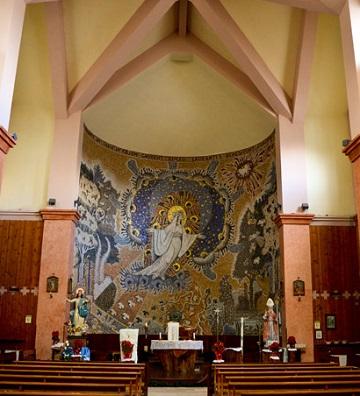
Event - Sila car race in June.

Monte Botte San Donato
refuge hut, panorama.
Lake Arvo: fishing
Silvana Mansio: View - Nearby Lorica.
Camigliatello Silano: winter sports; mushroom festival (October); crafts; Nearby,
Lake Cecita.
Longobucco:
Santuario di Santa Maria Assunta.
Crafts (fabrics, rugs);

...nearby, Bosco Gallopane.
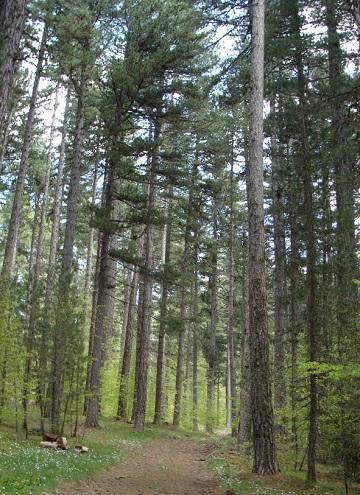
|
















